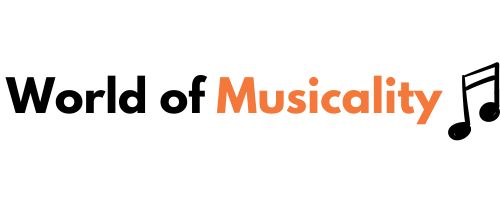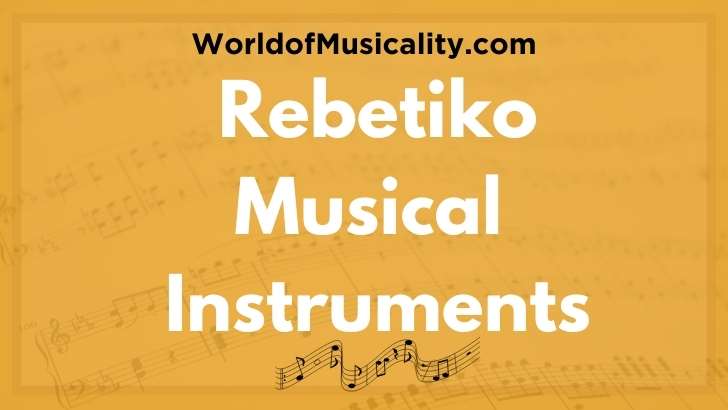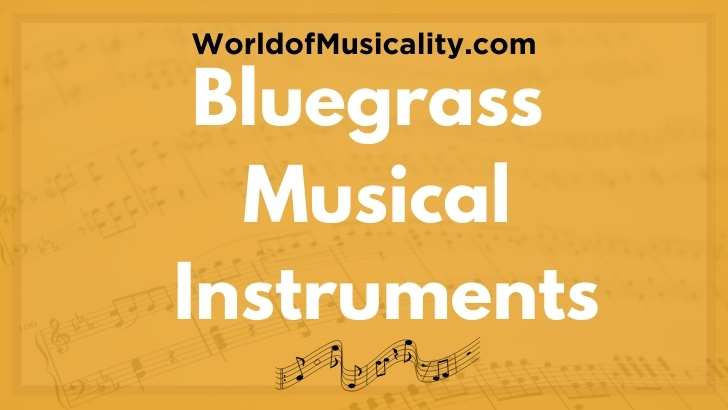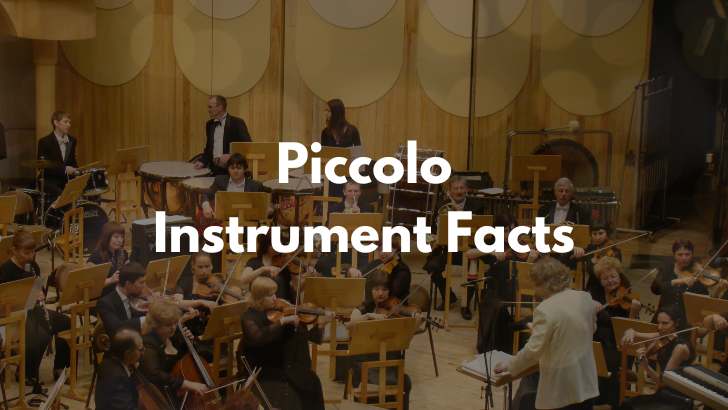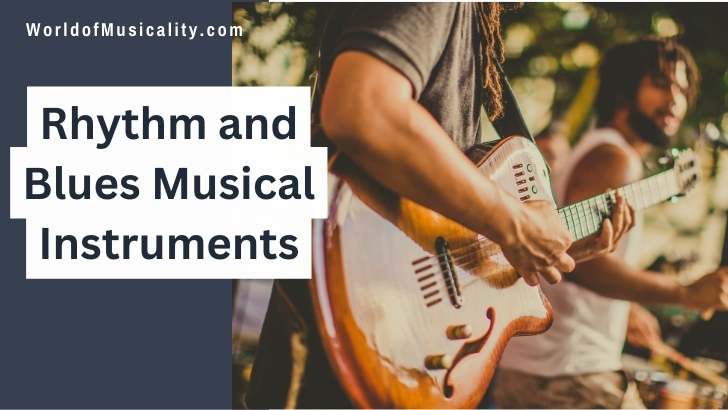
Rhythm and Blues, commonly known as R&B, is a music genre that originated in the African American communities in the 1940s.
It evolved from jazz, gospel, and blues, creating a sound that emphasizes groove and emotion. Today, R&B continues to be a powerful influence in world music, often blending with other genres to create new sounds.
In this article we will dive into a list of the more prominent Rhythm and Blues muscial instruments that define the genre such as the electric guitar, bass guitar, piano, and saxophone, as well as the drums which provide the genre’s characteristic steady beat.
We’ll explore how each instrument contributes to the soulful and dynamic melodies that R&B is known for. Additionally, we will highlight legendary R&B musicians who have mastered these instruments, shaping the evolution of the genre.
Whether you’re a fan of the smooth classics or the vibrant sounds of modern R&B, understanding these instruments will deepen your appreciation of the music.
Join us as we explore the rich tapestry of Rhythm and Blues, its iconic instruments, and the artists who bring it to life.
Rhythm and Blues Musical Instrument List
1. Electric Guitar
Known for its expressive bending and vibrato, it’s a staple in R&B for both rhythm and lead parts.
The electric guitar is a key instrument in Rhythm and Blues (R&B) music, renowned for its ability to convey deep emotion and rhythm. Physically, it consists of a solid or semi-hollow body, a neck with frets, and six strings. Made primarily from wood, like maple or mahogany, it also features metal strings and electronic components such as pickups that amplify the sound of the strings. The electric guitar’s versatility allows for a variety of sounds, from smooth, soulful melodies to sharp, rhythmic riffs.
The electric guitar gained prominence in R&B during the mid-20th century, as musicians explored its potential to produce expressive and vibrant sounds that resonated with the emotive core of the genre. It plays a crucial role in R&B by laying down the rhythmic foundation or delivering powerful lead solos that enhance the music’s emotional depth.
Significant musicians associated with the electric guitar in R&B include B.B. King, whose soulful playing style and heartfelt vibrato techniques have influenced countless guitarists. His mastery of the electric guitar helped shape the sound of R&B, making it a key instrument in the genre.
2. Bass Guitar
Provides the foundational groove and rhythm, crucial for the genre’s driving beats.
The bass guitar is renowned for setting the rhythmic foundation and groove of R&B. This electric instrument typically has four strings, though five and six-string versions exist for a broader range of notes. It’s constructed mainly from wood, with metal strings and electronic components like pickups that amplify the sound it produces.
The bass guitar emerged in the 1950s, around the same time R&B was gaining momentum. It quickly became indispensable due to its deep, resonating sounds that underpin the harmonic framework of R&B songs. The instrument’s ability to produce both percussive thumps and smooth, melodic lines allows it to drive the music forward while syncing closely with the drums, creating a compelling groove that’s characteristic of the genre.
One significant figure in the context of R&B is James Jamerson, whose innovative playing on the bass guitar during the Motown era helped shape the sound of R&B. His complex, rhythmic bass lines added a rich texture to the music, influencing countless artists and songs in the genre.
3. Saxophone
Adds a smooth, soulful sound that is quintessential in many classic R&B songs.
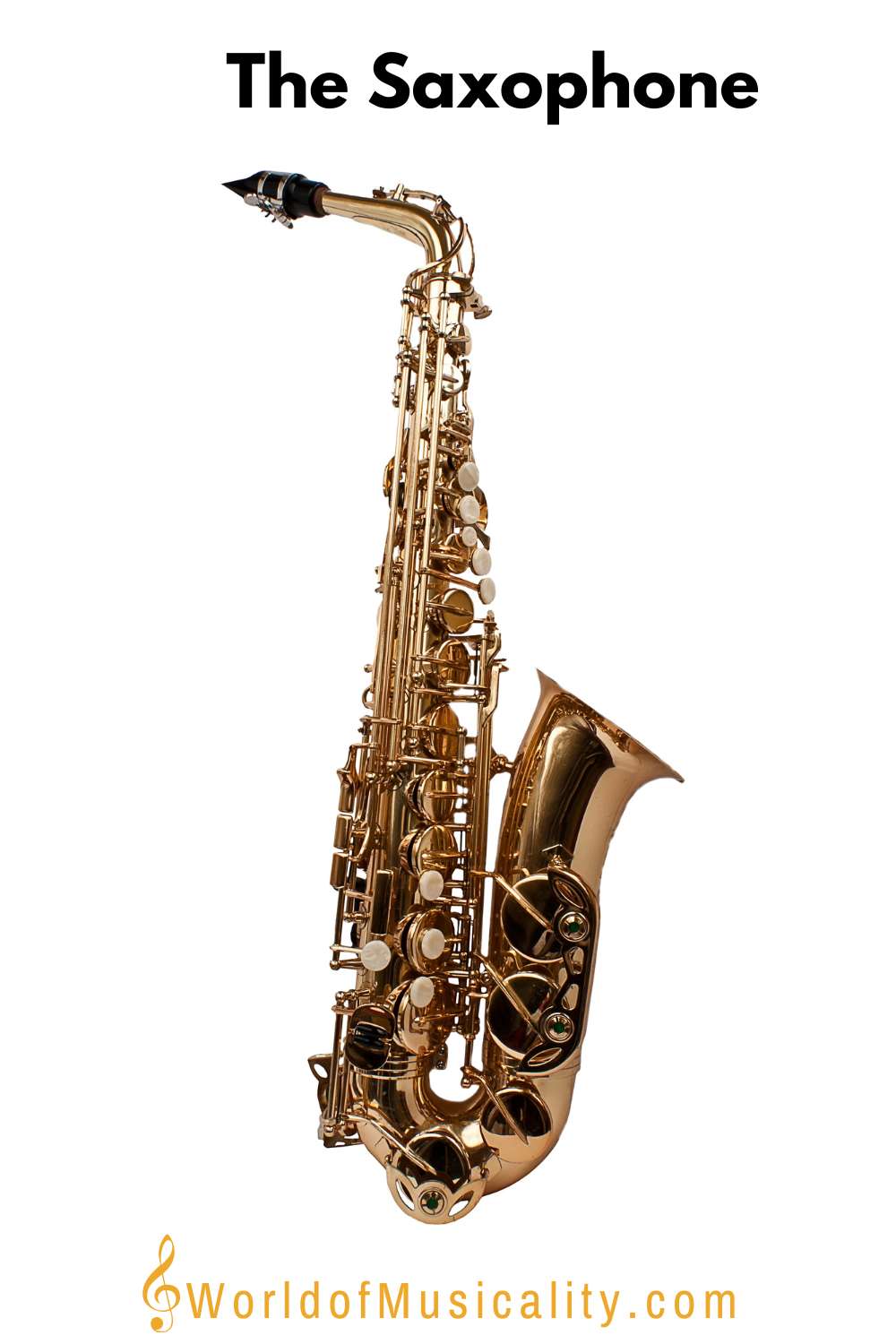
The saxophone was originally designed from brass. Despite being made from metal, it is classified as a woodwind instrument because it produces sound from a reed made of wood, attached to its mouthpiece. The saxophone comes in various types like alto, tenor, and baritone, each providing different ranges of sound from mellow lows to vibrant highs.
In R&B, the saxophone is cherished for its rich, expressive sound, capable of both smooth, sultry melodies and powerful, emotional blasts. Its versatility allows it to blend seamlessly with other instruments, making it a staple in many R&B ensembles. The instrument gained prominence in the genre during the mid-20th century, adding depth and character to the music.
One significant musician known for his mastery of the saxophone in R&B is Junior Walker, whose performances were marked by energetic playing and innovative techniques. His work helped to define the sound of R&B saxophone, influencing many artists who followed. The saxophone continues to be a symbol of the soulful and dynamic nature of R&B music.
4. Clarinet
Sometimes used for its warm tones and flexibility in slower, more emotional tracks.
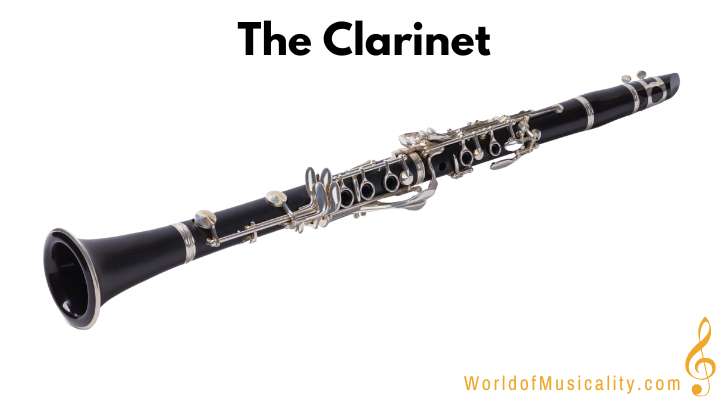
The clarinet is a woodwind instrument made primarily from African blackwood, also known as grenadilla, although some are made from plastic or metal. It consists of a long tube that the musician blows air into, with a single-reed mouthpiece, a straight cylindrical tube with approximately two dozen openings controlled by keys, and a flared bell at the end.
In Rhythm and Blues, the clarinet adds a warm, mellifluous sound that enhances the emotional depth of the music. Although not as commonly featured as the saxophone, the clarinet’s versatile tones can blend beautifully into the slow, soulful tracks, contributing to the genre’s rich texture. The clarinet was more prominent in the early days of R&B, particularly in the smoother, jazz-infused styles that preceded the more modern R&B sound.
One significant musician who contributed to the R&B style with the clarinet is Jimmy Hamilton. Known for his work with Duke Ellington’s orchestra, Hamilton brought a unique clarinet sound that influenced many R&B and jazz performances. His mastery over the clarinet helped shape the way the instrument could be integrated into R&B music, demonstrating its capacity for both lyrical solos and intricate melodic lines.
5. Trumpet
Known for its powerful blasts and softer whispers, integral in many R&B brass sections.
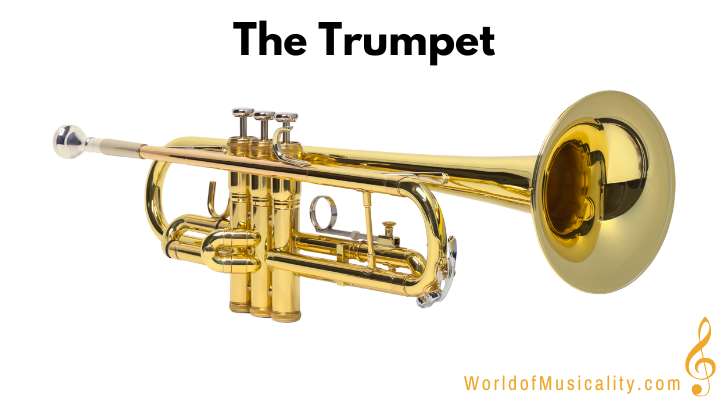
The trumpet, is made primarily from brass and often plated with silver or gold for a sleek finish. This instrument features a complex system of tubing looped to form a coil, ending in a bell-shaped flare. Players produce sound by buzzing their lips into a mouthpiece at one end, controlling the pitch with three valves that alter the length of the air path.
Originating in jazz, the trumpet crossed into R&B, where it has played a significant role in adding powerful, energetic blasts and softer, emotive whispers to the music. Its bright, penetrating sound can both lead a song or blend beautifully with other instruments in a band.
In the R&B genre, the trumpet has been notably used by musicians like Miles Davis and Louis Armstrong, although they are more commonly associated with jazz; their influence bridged many genres, including R&B. These musicians showcased the trumpet’s versatility and its ability to convey deep emotion, making it an enduring choice for expressive and soulful musical arrangements in R&B.
6. Trombone
Provides deeper brass harmonies and is featured in various R&B ensembles.
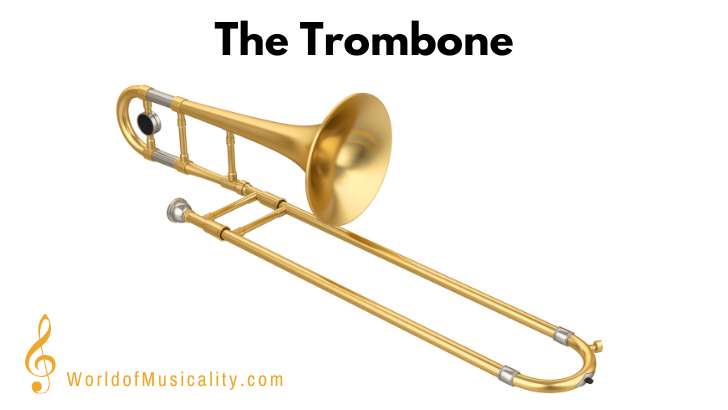
The trombone is a brass instrument which plays a vibrant role in Rhythm and Blues music. Physically, it consists of a long metal tube bent into an elongated “S” shape, ending in a large, flared bell. The tube extends through a slide mechanism, which the player moves back and forth to change pitches. Trombones are typically made from brass, and sometimes have a coating of silver or gold plating to enhance their durability and tone.
In R&B music, the trombone adds depth with its rich, deep sounds, often providing a counterbalance to higher-pitched instruments. Its sliding feature allows for expressive techniques like glissando, where the pitch slides smoothly from one note to another, adding a unique vocal-like quality that is well-suited to the emotive style of R&B.
Prominent trombonists like Fred Wesley have made significant contributions to R&B. Wesley, known for his work with James Brown and the J.B.’s, helped define the sound of funk, a subgenre of R&B. His playing style, marked by rhythmic precision and melodic phrasing, has influenced many musicians in the R&B genre, showcasing the trombone’s versatility and essential role in these musical styles.
7. Drum Kit
The backbone of R&B’s rhythm, crucial for maintaining the steady groove that the genre demands.
The drum kit in Rhythm and Blues, consists of various components including the bass drum, snare drum, tom-toms, hi-hat, and cymbals. Each part is crafted mainly from wood and metal, with the drum shells typically made of wood and the cymbals from alloys. The drum heads, which produce the sound when struck, are made from synthetic materials that emulate animal skin.
Originating in the early 20th century, the drum kit quickly became essential in R&B, providing the steady, pulsating beats that are characteristic of the genre. Its role in R&B is to maintain rhythm and enhance the groove, which is pivotal for the emotive and dance-inducing elements of the music.
Significant musicians who have mastered the drum kit in R&B include Al Jackson Jr., known for his work with Booker T. & the M.G.’s. Jackson’s ability to blend soulful rhythms with the distinctive sounds of R&B helped define the genre’s beat and influenced countless other musicians. His contributions showcase the drum kit’s vital role in crafting the foundational rhythms of R&B music.
8. Piano
Offers a wide range of chords and melodic lines, pivotal for the soulful elements in R&B.
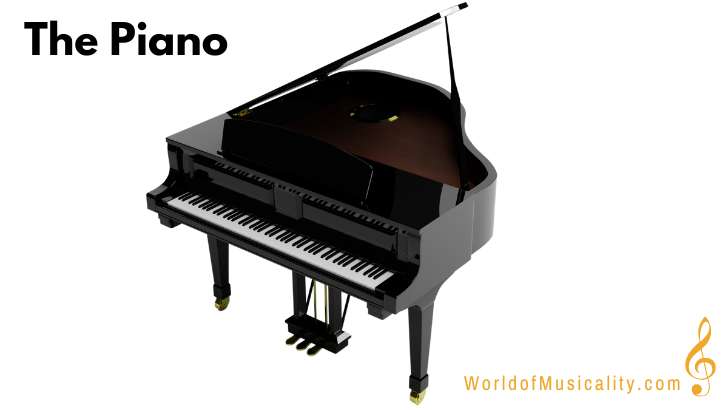
The piano, a versatile percussion instrument in Rhythm and Blues, is fundamental for creating the genre’s soulful melodies and deep harmonies. It consists of black and white keys, which the player presses to trigger hammers inside the instrument that strike strings made of steel. This action produces a rich and resonant sound, capable of both powerful chords and delicate notes.
Introduced into R&B music during its formative years in the mid-20th century, the piano has been crucial for its development. The instrument’s ability to provide a steady rhythm or a complex harmony makes it indispensable in many R&B compositions. It allows musicians to blend rhythmic drive with emotional depth, enriching the music’s expressive quality.
Ray Charles is one notable musician whose piano skills have deeply influenced R&B. Known for his innovative combination of jazz, gospel, and blues, Charles brought a distinctive piano style that has become a cornerstone of the genre. His technique and emotional playing showcased the piano’s capacity to convey profound feelings, solidifying its role in R&B music.
9. Congas Drums
Often used to add a Latin or funk flavor to R&B rhythms, enhancing the overall groove.
The congas, a key percussion instrument in Rhythm and Blues music, are tall, narrow drums traditionally made from wood or fiberglass with a drumhead made of animal skin or synthetic materials. These drums come in pairs and sometimes in sets of three, each varying in size for different pitches: the “quinto” (small, high), “conga” (medium), and “tumba” (large, low).
Originating from African and Cuban musical traditions, congas were integrated into R&B to enrich the genre’s rhythm section, adding depth and a nuanced beat that complements the swing of R&B’s foundational grooves. The sound of congas is warm and resonant; they are played with the hands and fingers, producing a variety of tones that can sing melodies or enhance rhythm.
In the context of R&B, congas bring a rhythmic complexity that helps bridge traditional African rhythms with modern musical elements. While not as front-and-center as instruments like the electric guitar or saxophone, congas support the rhythm section and are integral to the overall texture of the music. Notable musicians who have prominently used congas in R&B include King Curtis and James Brown’s bands, where they added vibrant, rhythmic layers to the music.
To truly appreciate the depth of Rhythm and Blues musical instruments and their influence on other music genres such as soul, funk, jazz and rock and roll, continue exploring these instruments and the legendary musicians associaed with them.
If you would like to learn more about the extensive world of musical instruments, visit our homepage at worldofmusiclality.com or click the links below to explore the rest of our site.
